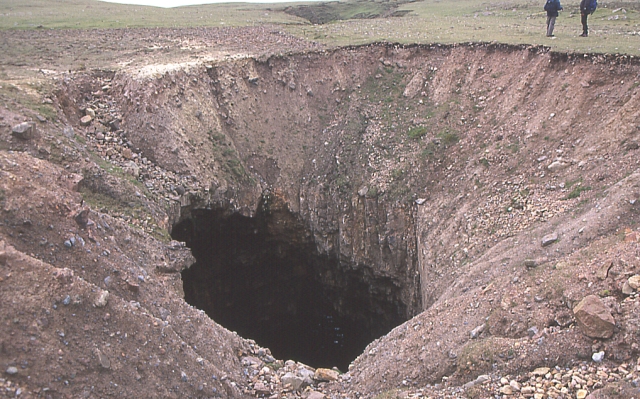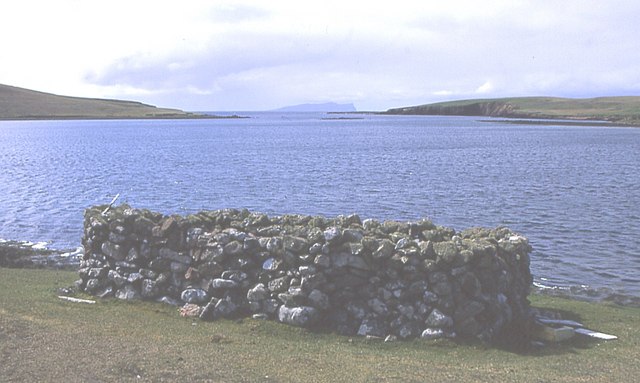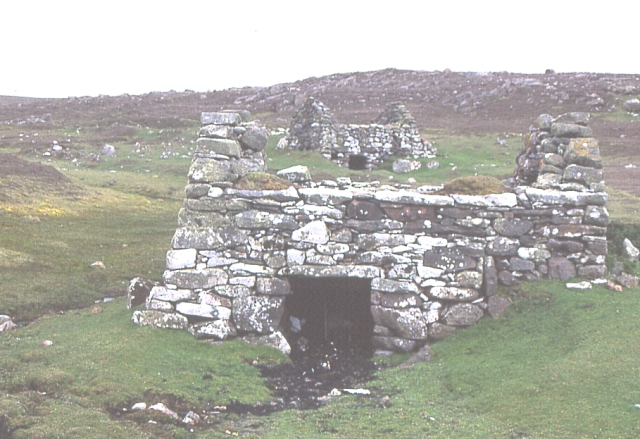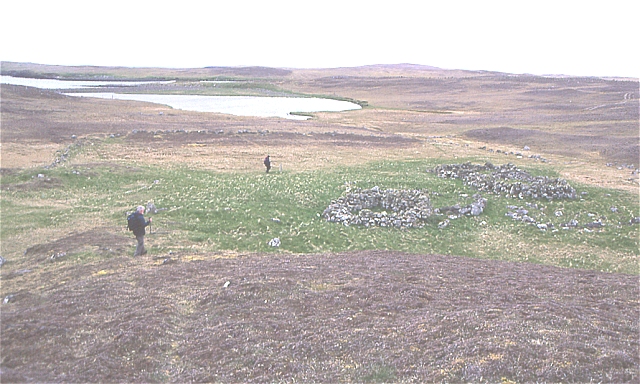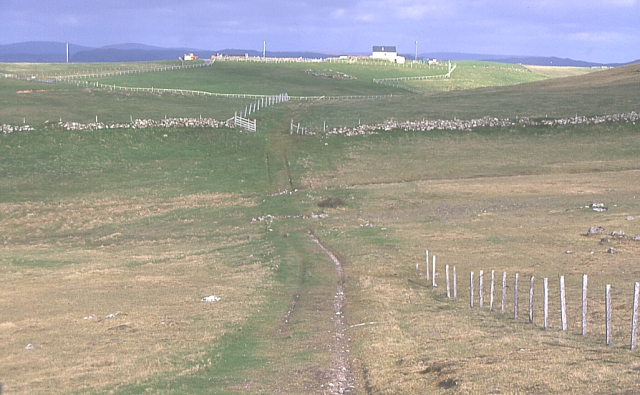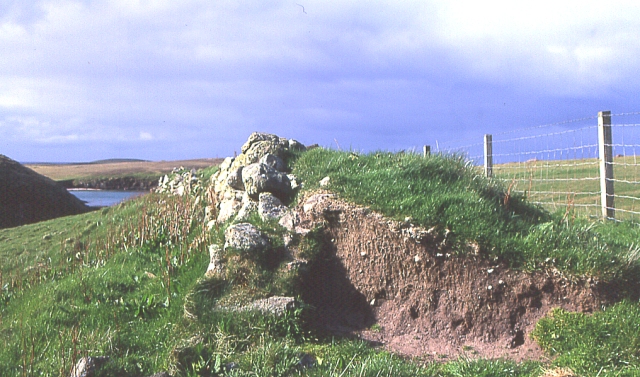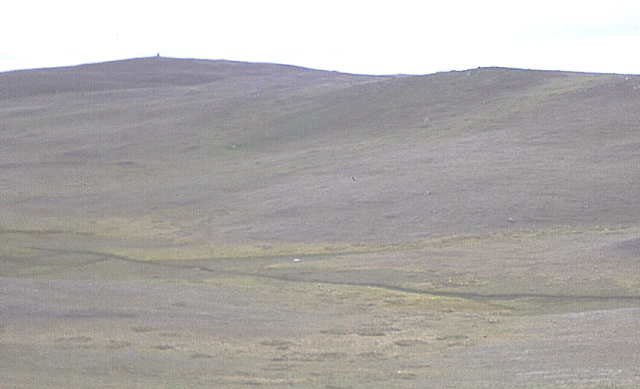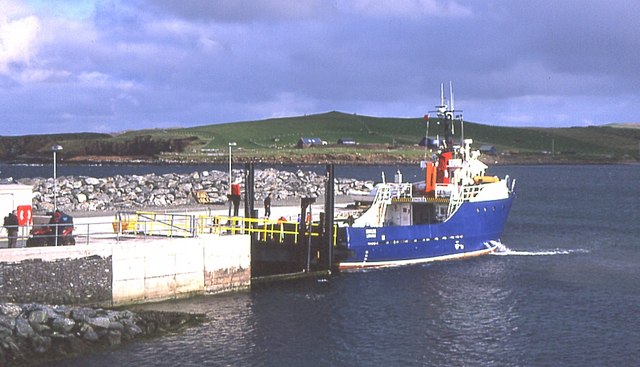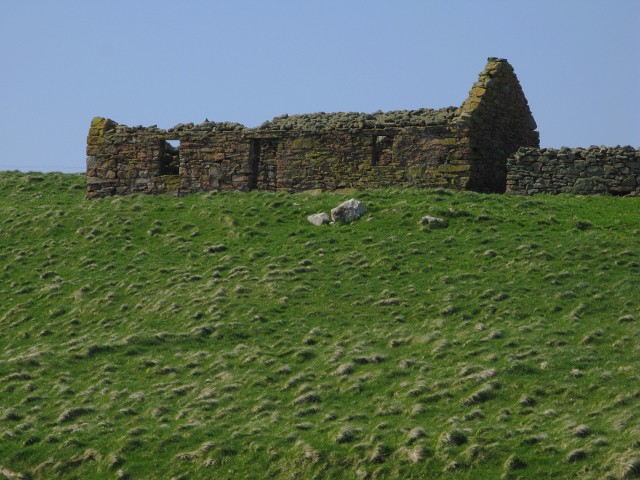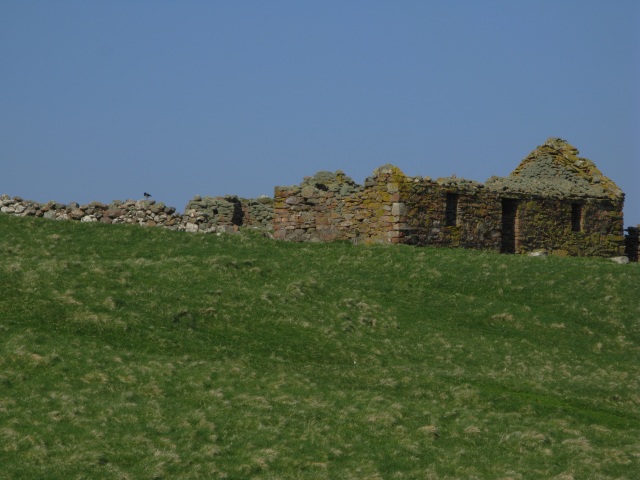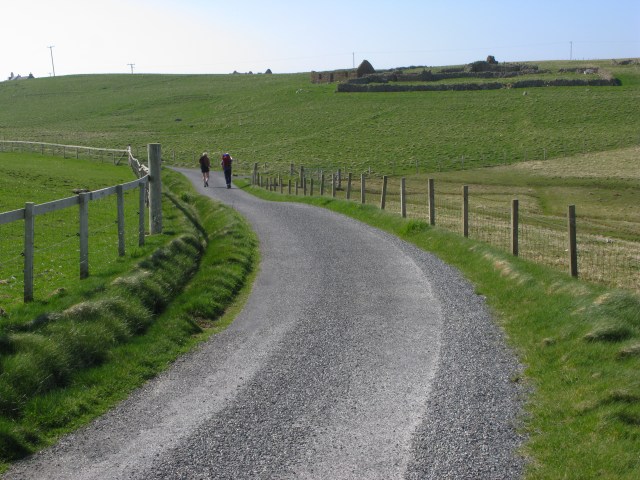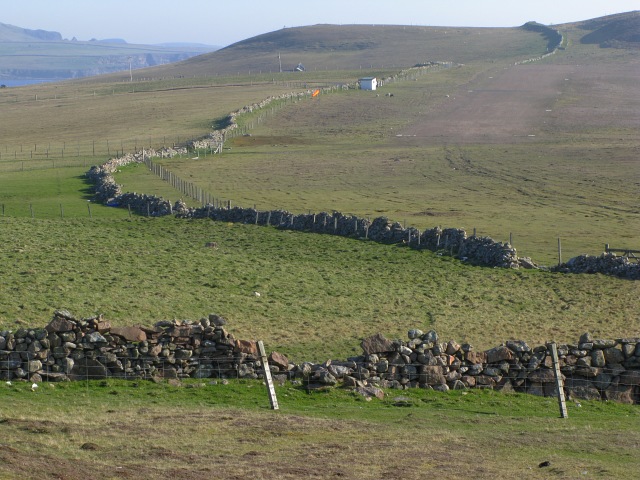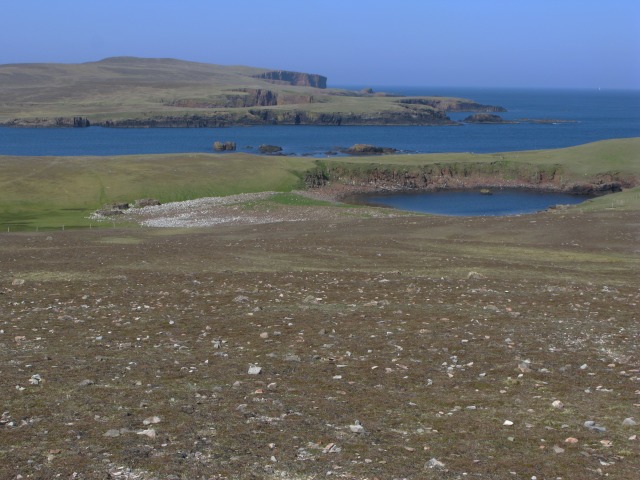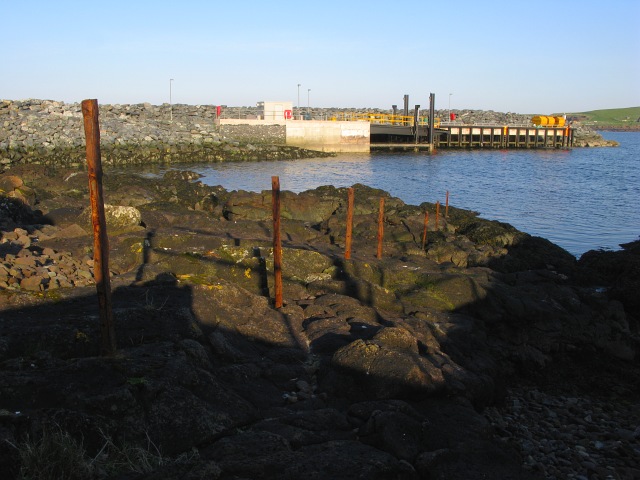Hill of Olligarth
Hill, Mountain in Shetland
Scotland
Hill of Olligarth
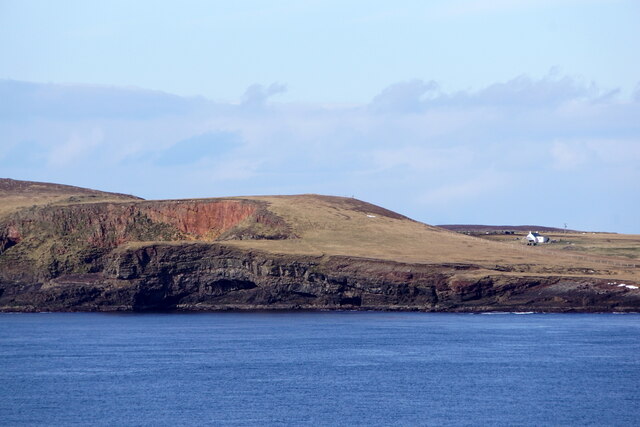
The Hill of Olligarth is a prominent landmark located in the Shetland Islands, off the northeast coast of Scotland. Rising to a height of 256 meters (840 feet), it is a notable hill that offers breathtaking panoramic views of the surrounding landscape.
Situated in the southern part of the Shetland Mainland, the Hill of Olligarth is characterized by its rugged and rocky terrain. The hill is covered in heather and grass, providing a diverse habitat for various plant and animal species. The area is also home to a variety of birdlife, making it a popular spot for birdwatching enthusiasts.
The hill is a popular destination for outdoor enthusiasts and hikers, who are drawn to its stunning vistas and challenging trails. The ascent to the summit is relatively steep, but once at the top, visitors are rewarded with unobstructed views of the coastline, neighboring islands, and the vast expanse of the North Atlantic Ocean.
The Hill of Olligarth is steeped in history, with ancient burial cairns and ruins of a Viking settlement dating back centuries. These historical remnants add to the intrigue and allure of the hill, making it a fascinating destination for those interested in archaeology and cultural heritage.
Overall, the Hill of Olligarth is a must-visit attraction in the Shetland Islands, offering a unique blend of natural beauty, outdoor activities, and historical significance. Whether it's for a leisurely walk or a challenging hike, this iconic hill provides an unforgettable experience for all who venture to its summit.
If you have any feedback on the listing, please let us know in the comments section below.
Hill of Olligarth Images
Images are sourced within 2km of 60.327239/-1.6896346 or Grid Reference HU1760. Thanks to Geograph Open Source API. All images are credited.
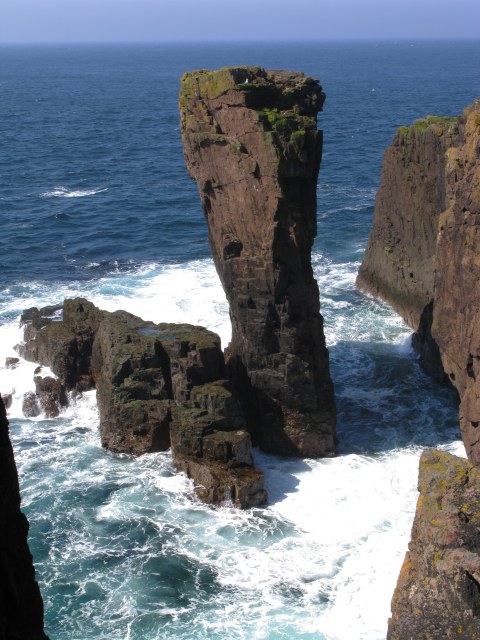
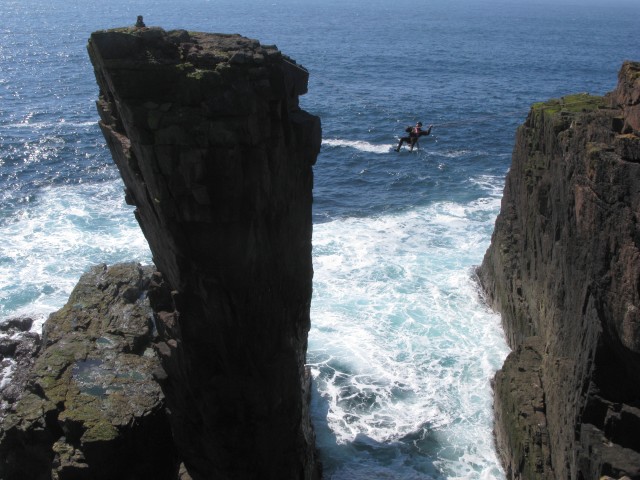
Hill of Olligarth is located at Grid Ref: HU1760 (Lat: 60.327239, Lng: -1.6896346)
Unitary Authority: Shetland Islands
Police Authority: Highlands and Islands
What 3 Words
///buying.thud.motive. Near Walls, Shetland Islands
Nearby Locations
Related Wikis
Biggings
Biggings is a village on the island of Papa Stour, in Shetland, Scotland. Papa Stour's church is situated at the south of Biggings. A homestead of Duke...
Papa Stour
Papa Stour (Scots: Papa Stour) is one of the Shetland Islands in Scotland, with a population of under fifteen people, some of whom immigrated after an...
Papa Stour Airstrip
Papa Stour Airstrip is a small airstrip in the village of Biggings on the island of Papa Stour. Shetland, Scotland. == History == Papa Stour Airstrip opened...
Forewick Holm
Forewick Holm is a 1-hectare (2.5-acre) island in the Sound of Papa in the Shetland islands, Scotland. Located between Papa Stour and the Sandness peninsula...
Brei Holm
Brei Holm is a tiny tidal islet in the western Shetland Islands. It is due east of Papa Stour, to which it is connected at low tide, just outside Housa...
Maiden Stack
The Maiden Stack or Frau Stack is a tiny stack in the western Shetland Islands to the north of Brei Holm and east of Housa Voe in Papa Stour. It is so...
Sandness
Sandness (the "d" is not pronounced locally) is a headland and district in the west of Shetland Mainland, Scotland. Sandness was a civil parish, which...
Bousta
Bousta is a settlement on Mainland, in Shetland, Scotland. Bousta is situated in the parish of Walls and Sandness.Scott's Hawkweed is native to the pastures...
Nearby Amenities
Located within 500m of 60.327239,-1.6896346Have you been to Hill of Olligarth?
Leave your review of Hill of Olligarth below (or comments, questions and feedback).
